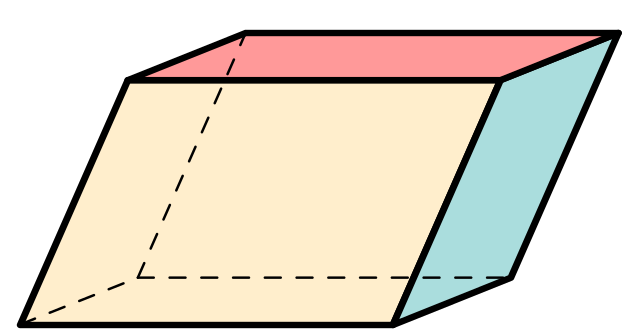
|
ParaMonte Fortran 2.0.0
Parallel Monte Carlo and Machine Learning Library
See the latest version documentation. |

|
ParaMonte Fortran 2.0.0
Parallel Monte Carlo and Machine Learning Library
See the latest version documentation. |
This module contains classes and procedures for setting up and computing the properties of the MultiVariate Uniform Parallelepiped (MVUP) Distribution. More...
Data Types | |
| type | distUnifPar_type |
| This is the derived type for signifying distributions that are of type MultiVariate Uniform Parallelepiped (MVUP) as defined in the description of pm_distUnifPar. More... | |
| interface | getUnifParLogPDF |
| Generate and return the natural logarithm of the Probability Density Function (PDF) of the MultiVariate Uniform Parallelepiped (MVUP) Distribution. More... | |
| interface | getUnifParRand |
| Generate and return a random vector from the \ndim-dimensional MultiVariate Uniform Parallelepiped (MVUP) Distribution. More... | |
| interface | setUnifParRand |
| Return a random vector from the \ndim-dimensional MultiVariate Uniform Parallelepiped (MVUP) Distribution. More... | |
Variables | |
| character(*, SK), parameter | MODULE_NAME = "@pm_distUnifPar" |
This module contains classes and procedures for setting up and computing the properties of the MultiVariate Uniform Parallelepiped (MVUP) Distribution.
Specifically, this module contains routines for computing the following quantities of the MultiVariate Uniform Parallelepiped (MVUP) distribution:
An \ndim-dimensional parallelepiped P in vector space \mathbb{R}^{\ndim} can be defined by a set of arbitrary but independent column vectors v_1, \ldots, v_\ndim as the set,
\begin{equation} P = {\sum_{i = 1}^{\ndim} t_i v_i ~~~,~~~ 0 \leq t_i < 1} ~, \end{equation}
where t_i are a set of coefficients whose defined range allows full coverage of the parallelepiped.

The above parallelepiped can be expressed in the form of a square representative matrix of edges of rank \ndim,
\begin{equation} M_R = \begin{pmatrix} v_1 ~,~ \vdots ~,~ v_i ~,~ \vdots ~,~ v_{\ndim} \end{pmatrix} \end{equation}
where v_i is a column vector representing the ith edge of the parallelepiped.
The corresponding (positive definite) Gramian matrix of the parallelepiped is,
\begin{equation} M_G = M_R^T M_R ~, \end{equation}
where M_R^T is the transpose of M_R.
The hyper-volume occupied by the parallelepiped is the given by,
\begin{equation} \ms{Vol}(P) = |M_R| = \sqrt{|M_G|} ~, \end{equation}
where |M_G| represents the determinant of M_G.
The Probability Density Function (PDF) of the Uniform Parallelepiped distribution with support P is given by,
\begin{equation} \pi(X | P) = \frac{1}{\ms{Vol}(P)} = \frac{1}{|M_R|} = \frac{1}{\sqrt{|M_G|}} ~. \end{equation}
Final Remarks ⛓
If you believe this algorithm or its documentation can be improved, we appreciate your contribution and help to edit this page's documentation and source file on GitHub.
For details on the naming abbreviations, see this page.
For details on the naming conventions, see this page.
This software is distributed under the MIT license with additional terms outlined below.
This software is available to the public under a highly permissive license.
Help us justify its continued development and maintenance by acknowledging its benefit to society, distributing it, and contributing to it.
| character(*, SK), parameter pm_distUnifPar::MODULE_NAME = "@pm_distUnifPar" |
Definition at line 98 of file pm_distUnifPar.F90.